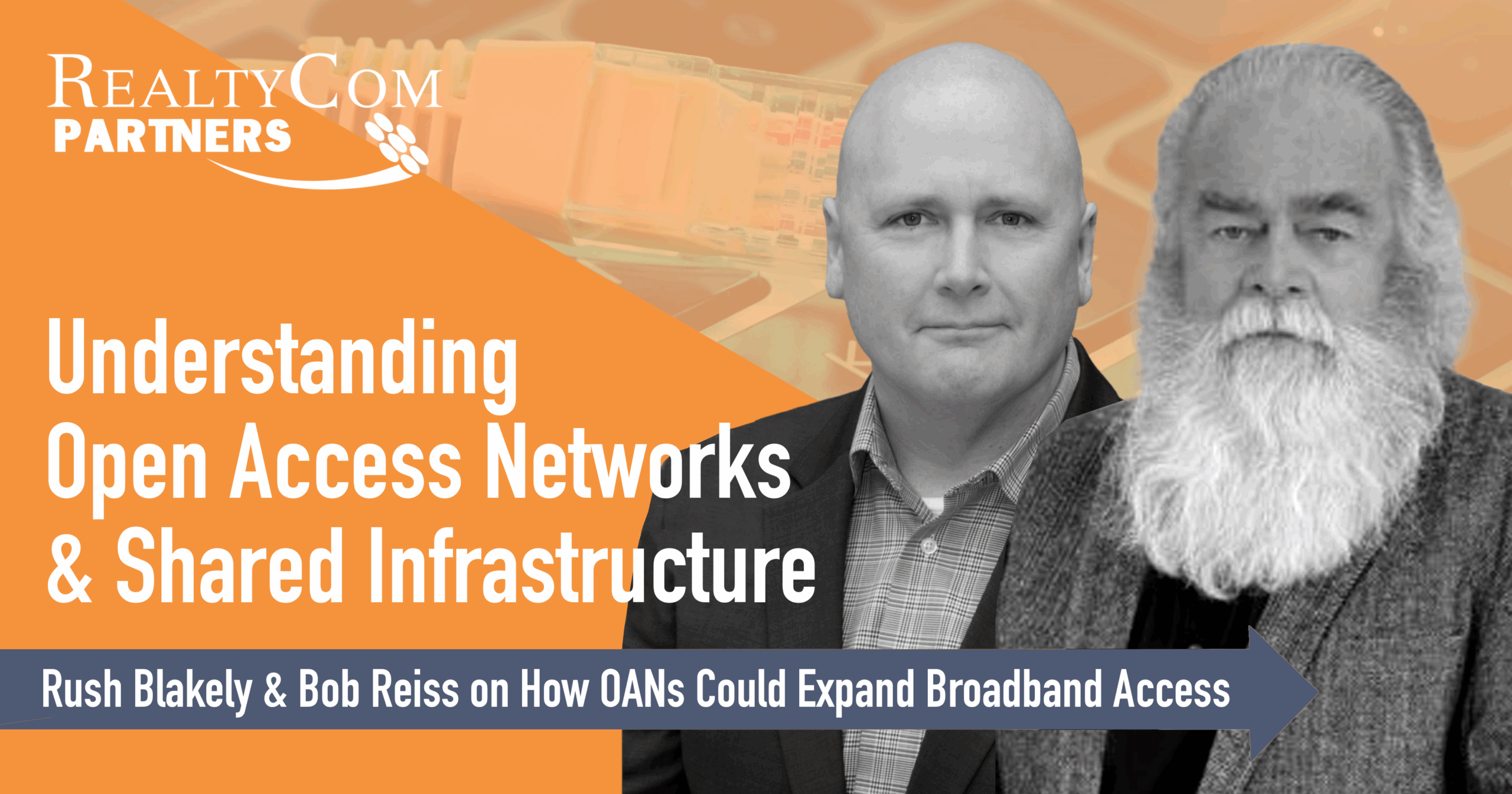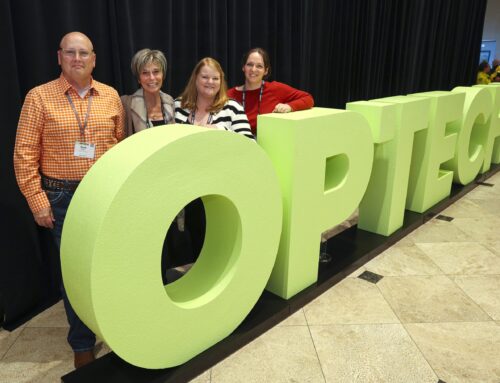By: Rush Blakely and Bob Reiss
Open Access Networks (OANs) aim to transform the way internet service is delivered to consumers. Unlike traditional models where a single provider owns and delivers both the physical network and manages the service, OANs allow multiple internet service providers (ISPs) to operate on the same shared infrastructure, often funded and built by a local municipality, private company, or public-private partnership. This model not only reduces costs and fosters competition among providers, but expands internet access to underserved communities. In this blog, we’ll explore how OANs work, why they matter, and where they’re already making an impact across the U.S.
What are Open Access Networks?
Open Access Networks (OANs) are an emerging model where the physical infrastructure, deployment, and broadband service delivery are decoupled. Unlike your cable and internet provider, which owns its distribution lines and equipment and provides broadband services to its consumers, OANs are first built by a private company or municipality and offer multiple service providers the opportunity to provide services on the network for residents and businesses.
Why do Open Access Networks Work?
- Infrastructure Sharing Reduces Costs
By consolidating physical infrastructure, OANs eliminate the need for each ISP to build its own, individual network, significantly reducing capital expenditures. - Encourages Competition
Multiple ISPs can operate on the same network, leading to more competition, innovation, and better pricing for consumers, without the barrier of funding their own network buildout. - Local Control and Equity
When municipalities own the infrastructure, they can prioritize universal access, including offering services to underserved areas that may not be profitable for traditional providers, helping to close the digital divide. - Lower Consumer Costs and Greater Choice
Consumers benefit from more service options, competitive pricing, and often lower installation fees due to existing infrastructure.
What are the obstacles with Open Access Networks?
- Regulation – Several U.S. states have regulations that restrict or outright prevent municipal broadband networks. Since most successful deployments have been purely public or developed through public/private partnerships, we expect the current regulatory market to slow the proliferation of open-access networks.
- Incumbent Provider Resistance – Incumbent franchised providers, like cable companies, for example, have typically lobbied against open access networks and many have successfully influenced legislation, as indicated above.
- Operational Complexity – managing a neutral, multi-provider network can be more operationally complex than traditional models.
- Lack of Public Awareness – Many consumers and elected officials have little knowledge or awareness of open access networks.
- Lack of Control – Often there is little influence over what providers ultimately serve the community. This can be problematic for the consumer if there are underfunded companies, or retail products and customer service are lacking.
- Lack of Traditional Owner Incentives – Because of the nature of these networks, they are primarily in tertiary or underserved markets, and do not provide private owners with traditional revenue or resell benefits.
Examples of Successful Deployments
- UTOPIA Fiber (Utah) – UTOPIA is a 20-city consortium that built a shared fiber-optic network. It currently hosts 15 competing ISPs serving over 100,000 households. It operates on a wholesale model, selling neutral transport to its ISPs.
- Ammon Fiber (Idaho) – Ammon Fiber is a utility-based open network funded by neighborhoods opting in to pay a $16-20/unit/month fee (over 20 years) for infrastructure. Estimated subscriptions are over 60%, and multiple ISPs provide services.
- The Wired Road (Virginia) – The Wired Road is a regional partnership between two counties and one city in Virginia. Multiple ISPs and telecom firms operate on the network, with reported 50-70% take rates.
- Huntsville Utilities/Google Fiber (Alabama) – Huntsville’s electric utility invested in a city-wide fiber network, initially using Google Fiber and now WOW! as a second provider.
- Westminster Fiber (Maryland) – Westminster Fiber is a small city-owned fiber network using Ting as the initial exclusive ISP.
As broadband demand continues to grow, Open Access Networks present an alternative model for delivering internet service. While challenges like regulatory restrictions and incumbent resistance remain, the proven success of OANs in communities across the U.S. shows that this model has its place in modern networks. With thoughtful implementation and growing public awareness, OANs could play a more significant role in closing the digital divide and shaping the future of broadband infrastructure.
At RealtyCom Partners, we’re committed to keeping our clients and partners informed with the most accurate and timely updates in an ever-evolving industry. Stay ahead of the curve—sign up for our monthly newsletter to get insights like this delivered straight to your inbox.






